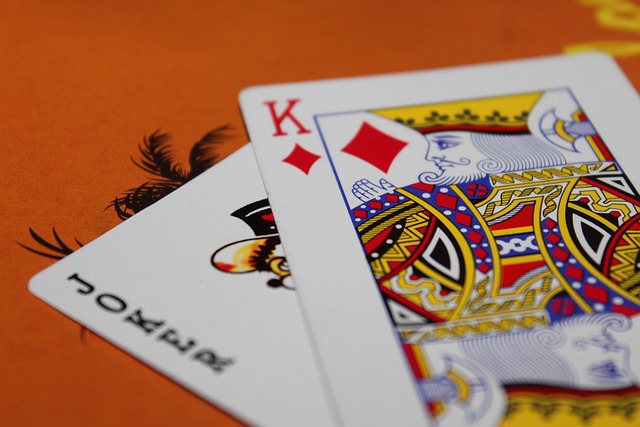The straight flush is the most powerful poker hand. Only the royal version, that is, the royal flush beats it, although technically it is the same type of combination, with a ‘kicker’ or higher high card. So, what is the probability of having a straight flush? How should I play it? Is it really a winner? All the details in this article!
What is a straight flush in poker? A straight flush consists of 5 consecutive cards that are numerically, but at the same time are of the same suit. That is to say, that between the 5 community cards and the 2 own cards, we find 5 in a row, and that in turn, those 5 are of the same color.
This should not be confused with hitting a flush and a straight at the same time, but with different cards. If we have 4-5 in hand and 6-7-8-K-2 on the board, and 4-5-6-7-8 are spades, we will have a straight flush. On the contrary, if 8 is a heart and the K is a spade, our play will be a flush, since it is always played with the best 5 available cards.
What is the probability of a straight flush?
Low. Very low, in fact. Of the almost 2.6 million possible combinations, there are only 36 of them that result in a straight flush, and 4 that do so in the real version. Ultimately, there is only a 0.0014% chance of having a straight flush and 0.0002% of a royal flush.
This is a reality check for many, because on very rare occasions we will have one of the two plays. In fact, only those players who play very regularly will ever see one of them, and only if they are very lucky will it be in their hand.
How to play a straight flush draw?

A straight flush in poker as a draw will be played taking outs and pot odds into account. If we chain, for example, 4 consecutive cards of the same color, we will have 2 outs to see the long-awaited straight flush. But outside of fantasy land, that should be played as a flush draw plus open-ended straight, an equally advantageous situation.
- 2 cards will give us straight flush.
- 6 cards will give us a straight.
- 7 cards will give us color.
Therefore, if there are 2 cards left to go, we will have an 8.4% chance of a straight flush, and 4.3% if we only have the river left. This contemplating the complexity of getting to combine the 4 cards that this project supposes. All in all, there will be 27.8% normal straight chance (15.2% with one card) and 31.5% flush chance (17.4% with one card).
Removing Value from Straight Flush
With a straight flush, in 99% of the cases you will be the winner, and if it is a royal straight flush, there can only be a ‘split pot’ or victory. Pushing or losing the hand will be very unlikely in both cases, so your game should be focused on getting the maximum value possible from that hand.
But with a straight flush in your poker hand, you shouldn’t forget about your opponents. If any of them has a powerful card, or in the reading you detect that they have a good hand, you can be more playful and go looking for a higher pot. Otherwise, you should be more conservative if you detect that nothing has been linked.
In both cases, however, the ideal will always be to play the classic poker strategy of ‘check-call’, because the last thing you want is to be left alone in that hand. Otherwise, you will be looking to keep your opponents in the game as long as possible, thus increasing your chances of hitting a good pot. Just winning the hand with a straight flush is a flop… you can’t settle for stealing the blinds!
Reading the color ladder: How to do it?

It is very difficult to read a straight flush, as it is not a hand that we should be expecting, seeing it very rarely. Even with 4 consecutive ‘suited’ cards on the board, it is very unlikely that one of the opponents will have it.
If we have such a royal straight flush and 4 of the cards are common, we can have the advantage that some opponent has a flush or straight. In this case, we will be able to obtain profitability from the hand, especially if a rival bets strongly. On the contrary, we will be much safer if there are only three community cards: it will be more difficult for an opponent to hit something, but we will be able to hide our play better.
In short, a straight flush is a very difficult play to see. We will not be able to count on it or develop a game system thinking that we will obtain it, but we must know how to play it when it comes out (in a similar way to a flush or a straight, but with more guarantees of victory if possible).
